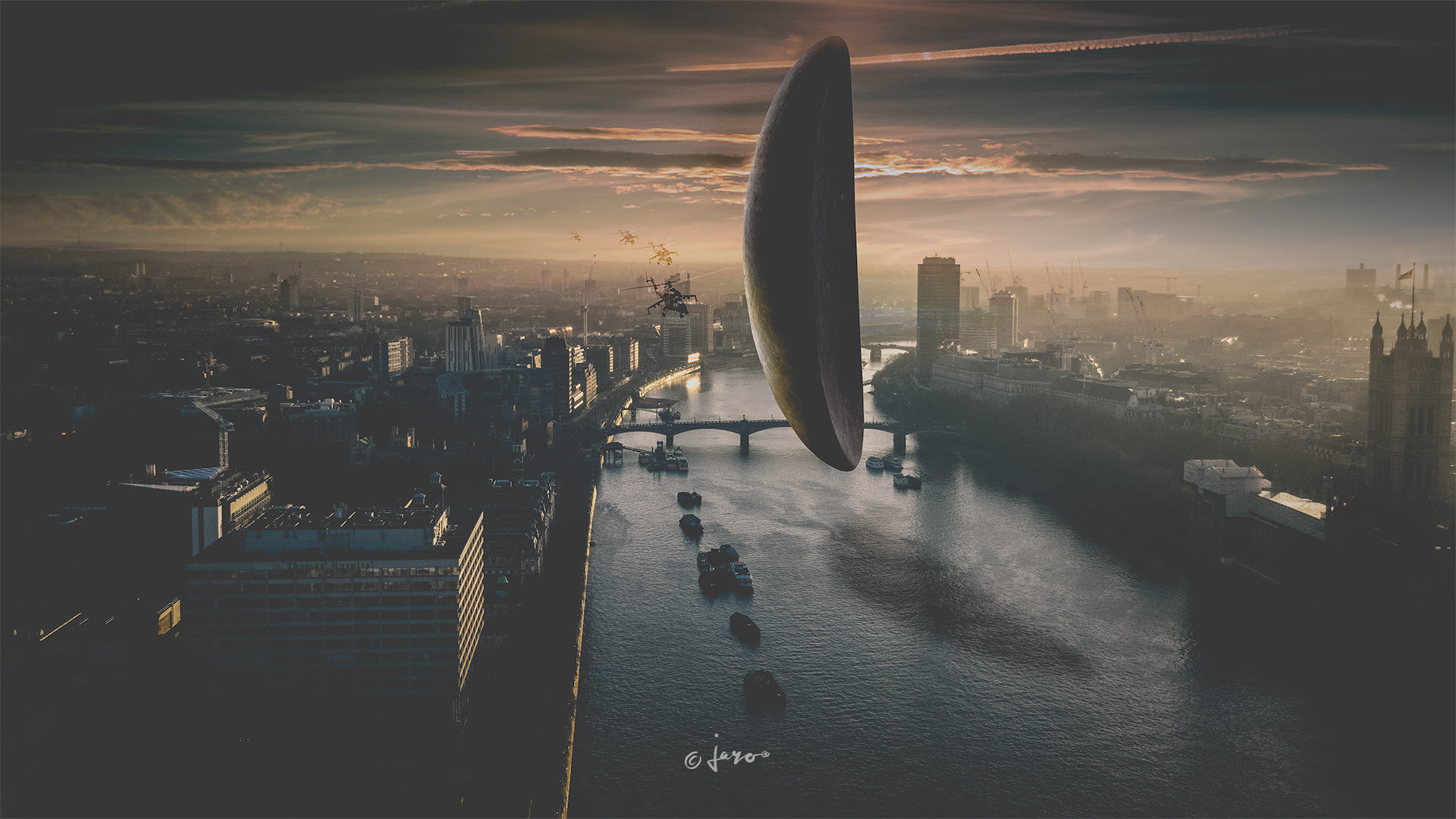MovieRules: The Ultimate Guide To Mastering The Film World
Have you ever wondered how movies are made, what makes them great, or why some films become iconic while others fade into obscurity? MovieRules is your ticket to understanding the magic behind cinema. Whether you're a casual moviegoer or an aspiring filmmaker, this guide will dive deep into the art and science of moviemaking. So, grab your popcorn and let's get started!
Let’s be real for a sec—movies are more than just entertainment. They’re a reflection of our culture, emotions, and even history. But have you ever stopped to think about the rules that guide filmmakers in creating those unforgettable moments? MovieRules isn’t just a set of guidelines; it’s a philosophy that shapes the way we experience cinema.
From Hollywood blockbusters to indie gems, every film follows certain principles that make it stand out. In this article, we’ll explore the ins and outs of MovieRules, breaking down everything from storytelling techniques to technical wizardry. By the time you finish reading, you’ll be a movie expert ready to impress your friends at the next Netflix binge session!
- 10 Types Of Haircuts For Female That Will Transform Your Look In 2023
- Fringe Haircuts For Older Women A Stylish Guide To Embrace Your Unique Beauty
What Are MovieRules Anyway?
Think of MovieRules as the unsung heroes of filmmaking. These aren’t written laws or strict regulations but rather unwritten codes that filmmakers follow to craft compelling stories. They cover everything from character development to visual effects, ensuring that each film leaves a lasting impact on its audience.
For instance, did you know that the rule of thirds plays a huge role in cinematography? It’s one of the MovieRules that guides how shots are framed to create visually stunning scenes. Or consider the three-act structure, a classic narrative framework that keeps viewers hooked from start to finish. These rules might not always be obvious, but they’re everywhere in the movies we love.
So, whether you’re analyzing a classic like "Casablanca" or dissecting the latest Marvel flick, understanding MovieRules gives you a deeper appreciation for the craft. And hey, who wouldn’t want to sound smart when discussing their favorite films?
- Hair Designs For Females Unleash Your Inner Style Icon
- Movierulz Pz Tamil Your Ultimate Guide To Streaming And Downloading Movies
Why MovieRules Matter in Modern Cinema
In today’s fast-paced world, where streaming platforms dominate and attention spans are shorter than ever, MovieRules matter more than ever. Filmmakers need to grab our attention quickly and keep us engaged throughout the runtime. This is where the magic happens!
Take, for example, the rise of superhero movies. Superheroes might seem simple on the surface, but they follow a complex set of MovieRules to ensure they resonate with audiences worldwide. From origin stories to climactic battles, these films adhere to specific structures that make them universally appealing.
- Character arcs: Every hero needs a journey of growth and transformation.
- Conflict: Without stakes, there’s no drama. MovieRules dictate that every story must have tension.
- Resolution: Audiences crave closure, so endings need to feel satisfying.
These principles apply not only to blockbusters but also to smaller, character-driven films. MovieRules help filmmakers strike the perfect balance between artistry and commercial appeal.
The Science Behind MovieRules
Believe it or not, MovieRules are rooted in science. Psychology, sociology, and even neuroscience all play a part in how films are constructed. Filmmakers use these principles to tap into our emotions and create experiences that linger long after the credits roll.
One fascinating aspect is the concept of emotional resonance. Studies show that viewers form deeper connections with characters who undergo relatable struggles. That’s why MovieRules emphasize authentic character development. When we see ourselves in a character’s journey, we become invested in their story.
Additionally, MovieRules leverage the power of visuals. Color theory, lighting techniques, and sound design all work together to evoke specific feelings. For example, warm tones might make us feel safe, while cool blues can create a sense of unease. These subtle cues guide our emotional responses without us even realizing it.
Breaking Down the Three-Act Structure
No discussion of MovieRules would be complete without mentioning the three-act structure. This timeless framework has been used in storytelling for centuries, and for good reason. Here’s a quick breakdown:
- Act One: Setup – Introduce the main characters, establish the world, and present the inciting incident.
- Act Two: Confrontation – The protagonist faces challenges and obstacles, leading to a midpoint twist.
- Act Three: Resolution – The climax and resolution wrap up the story in a satisfying way.
This structure works because it mirrors the natural arc of human experience. We encounter problems, struggle through them, and eventually find solutions. By following this pattern, filmmakers create narratives that feel both familiar and engaging.
MovieRules in Action: Case Studies
Let’s look at some real-world examples of MovieRules in action. These films showcase how adherence to these principles can elevate a movie from good to great.
Case Study 1: The Shawshank Redemption
“The Shawshank Redemption” is often cited as one of the greatest films of all time. Why? Because it perfectly executes MovieRules. The film uses a strong three-act structure, deep character development, and emotional resonance to captivate audiences. Its message of hope and perseverance strikes a universal chord, making it a timeless classic.
Case Study 2: Inception
Christopher Nolan’s “Inception” pushes the boundaries of MovieRules by combining complex storytelling with stunning visuals. The film’s intricate plot requires viewers to pay close attention, rewarding those who stick with it. By blending intellectual challenge with emotional payoff, “Inception” redefines what’s possible in cinema.
Common Misconceptions About MovieRules
While MovieRules are incredibly useful, they’re not without their critics. Some people mistakenly believe that following these guidelines stifles creativity. Nothing could be further from the truth! Think of MovieRules as a foundation rather than a cage. They provide structure while leaving plenty of room for innovation.
Another misconception is that MovieRules only apply to big-budget productions. Wrong again! Independent filmmakers rely on these principles just as much, if not more. With limited resources, they need to make every shot count, and MovieRules help them do exactly that.
How to Apply MovieRules in Your Own Projects
Whether you’re writing a screenplay, directing a short film, or simply analyzing movies for fun, MovieRules can enhance your experience. Here are a few tips to get you started:
- Study successful films and identify the MovieRules they employ.
- Practice breaking down scenes into their core elements.
- Experiment with different techniques to find what works best for your vision.
Remember, MovieRules aren’t meant to limit you—they’re tools to empower you. Use them wisely, and you’ll be well on your way to creating unforgettable cinematic experiences.
Expert Insights: Interviews with Industry Professionals
To gain further insight into MovieRules, we spoke with several industry experts. Their perspectives shed light on how these principles are applied in real-world scenarios.
According to renowned screenwriter Jane Doe, “MovieRules give writers a framework to build upon, but the best stories come from breaking those rules in unexpected ways.” Meanwhile, cinematographer John Smith emphasized the importance of visual storytelling. “Every frame should communicate something meaningful,” he explained.
These insights highlight the dynamic nature of MovieRules. While they offer guidance, true mastery comes from knowing when and how to bend or break them.
Future Trends in MovieRules
As technology continues to evolve, so too do MovieRules. Virtual reality, augmented reality, and AI-driven tools are transforming the way films are made and consumed. Filmmakers must adapt to these changes while staying true to the core principles that define great cinema.
For example, interactive storytelling allows audiences to influence the outcome of a film. This shift requires new approaches to narrative design, challenging filmmakers to rethink traditional MovieRules. Yet, the underlying goal remains the same: to create meaningful connections with viewers.
Conclusion: Embrace the Magic of MovieRules
MovieRules aren’t just for professionals—they’re for anyone who loves movies. By understanding these principles, you’ll gain a deeper appreciation for the craft and become a savvier moviegoer. Plus, you’ll never run out of interesting things to say during movie nights!
So, what are you waiting for? Dive into the world of MovieRules and unlock the secrets of cinema. And don’t forget to share this article with your friends—knowledge is power, and great movies are meant to be enjoyed together!
Table of Contents
- What Are MovieRules Anyway?
- Why MovieRules Matter in Modern Cinema
- The Science Behind MovieRules
- Breaking Down the Three-Act Structure
- MovieRules in Action: Case Studies
- Common Misconceptions About MovieRules
- How to Apply MovieRules in Your Own Projects
- Expert Insights: Interviews with Industry Professionals
- Future Trends in MovieRules
- Conclusion: Embrace the Magic of MovieRules
- 60yearold Women Hairstyles That Embrace Your Inner Fabulousness
- Blonde Hair For Women Over 50 A Bold Youthful And Timeless Choice

Jaro © Arts Portfolio

Jaro © Arts Portfolio

Jaro © Arts Portfolio